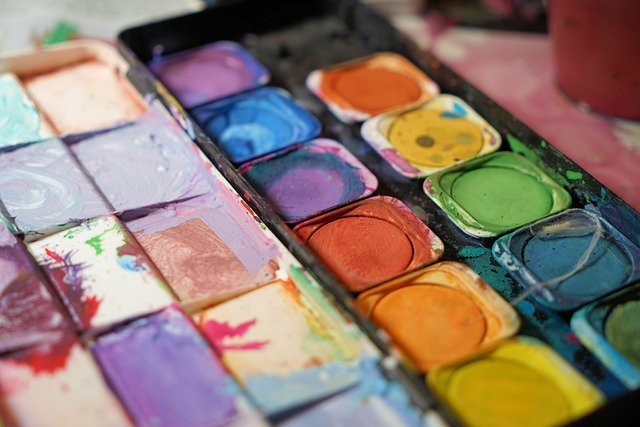When we step in front of a painting, we often find ourselves captivated not just by the colors and forms on the canvas, but by the very way those elements engage our perception. The concept of perspective in painting is more than just a technique; it is a gateway into a deeper emotional experience. Artists have long used perspective to convey meaning, evoke feelings, and invite viewers to see the world through their eyes.
At its core, perspective is about how we interpret space and depth. Traditional linear perspective creates an illusion of distance, guiding the viewer’s eye towards a vanishing point. This technique becomes a bridge between the two-dimensional canvas and our three-dimensional reality. It allows us to feel as though we can step into the scene, immersing ourselves in the artist’s vision. Whether it’s the sprawling landscape of a Renaissance masterpiece or the intimate interiors of a contemporary piece, perspective invites us to explore the unseen corners of our emotions.
Consider the works of renowned painters like Leonardo da Vinci or Claude Monet. Da Vinci’s The Last Supper demonstrates impeccable foresight in perspective, drawing our eyes to Christ at the center of the composition. This intentional focus not only emphasizes the importance of the subject but also envelops us in the moment, making us participants rather than mere observers. On the other hand, Monet’s impressionistic approach offers a different perspective altogether, one that invites spontaneity and emphasizes how fleeting moments can affect our feeling of space and time.
Furthermore, perspective in painting can also serve as a metaphor for different viewpoints—an exploration of how artists perceive their surroundings and experiences. Abstract and modern art challenges traditional perspective, often bending reality to convey complex emotions. This shift encourages viewers to question their interpretations, prompting conversations about perception itself. How we perceive art is often influenced by our individual experiences, cultural backgrounds, and emotional states; the artist’s unique perspective can lead us to empathize with their message, even if we inhabit a completely different world.
Participating in the exploration of perspective not only enriches our appreciation for art but also deepens our understanding of human experience. Each brush stroke has the potential to evoke memories, feelings, and reflections. When we engage with a painting, we are invited to shift our own perspective—to interpret what lies beyond the surface and to connect with emotions that resonate within us.
As we reflect on the interplay between perspective and perception in painting, let us embrace the diverse interpretations that arise. Each viewing is a personal journey, as we navigate through the layers of depth and meaning embedded in the work. So the next time you find yourself in front of a captivating piece, pause for a moment to consider the perspective being offered, and allow yourself to be moved by the depth of connection it has to your own experiences.



